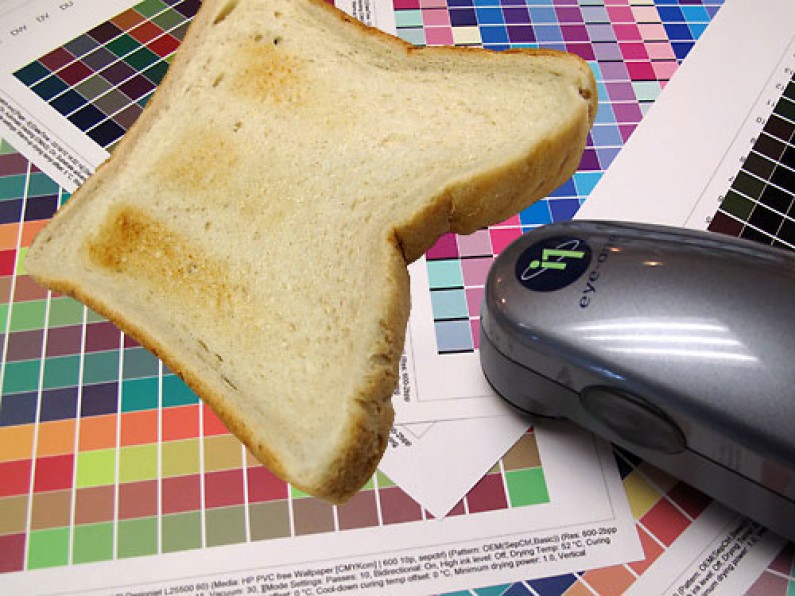


Differentiation between etiological subgroups of cerebral infarction has therapeutic implications, and makes it easier to predict prognosis.
Toast burn scale trial#
The Trial of Org 10172 in Acute Stroke Treatment (TOAST) classification was introduced in 1993 to improve the subclassification of ischemic stroke ( 1). Our study supports the view that the etiology of lacunar strokes is multifactorial. Small vessel disease was significantly associated with hyperlipidemia and current smoking. Small vessel disease was observed more frequently and large vessel disease less frequently than previously reported. In multivariate analyses, hyperlipidemia and current smoking (OR 2.06, 95% CI 1.04–4.08) were the only variables that were related to small vessel disease.

The presence of hyperlipidemia and atrial fibrillation varied significantly between the different subtypes. According to the TOAST classification, 24 (11.4%) of the patients suffered from large vessel disease, 66 (31.4%) from cardioembolic disease, 66 (31.4%) from small vessel disease and 54 (25.7%) from a stroke of undetermined etiology. Information on vascular risk factors was collected at admittance, examination of neurological deficits was carried out during their stay, and classification was made according to the TOAST criteria. The aims of the present study were to evaluate the distribution of the different etiological stroke subtypes in a hospital-based sample of stroke patients, and to investigate the association between important risk factors and stroke subtypes.Ī total of 210 patients with a first-ever ischemic stroke admitted to the stroke unit of Asker and Bærum Hospital in Norway between February 2007 and July 2008 were enrolled in the study. The TOAST classification divides patients with ischemic stroke into five subgroups according to the presumed etiological mechanism.


 0 kommentar(er)
0 kommentar(er)
